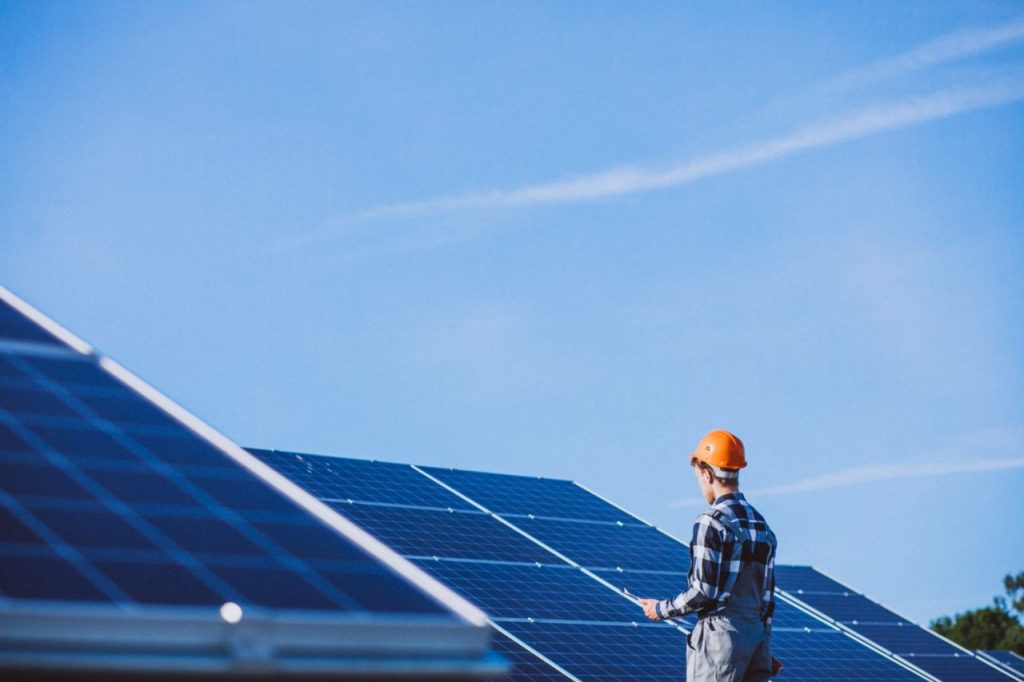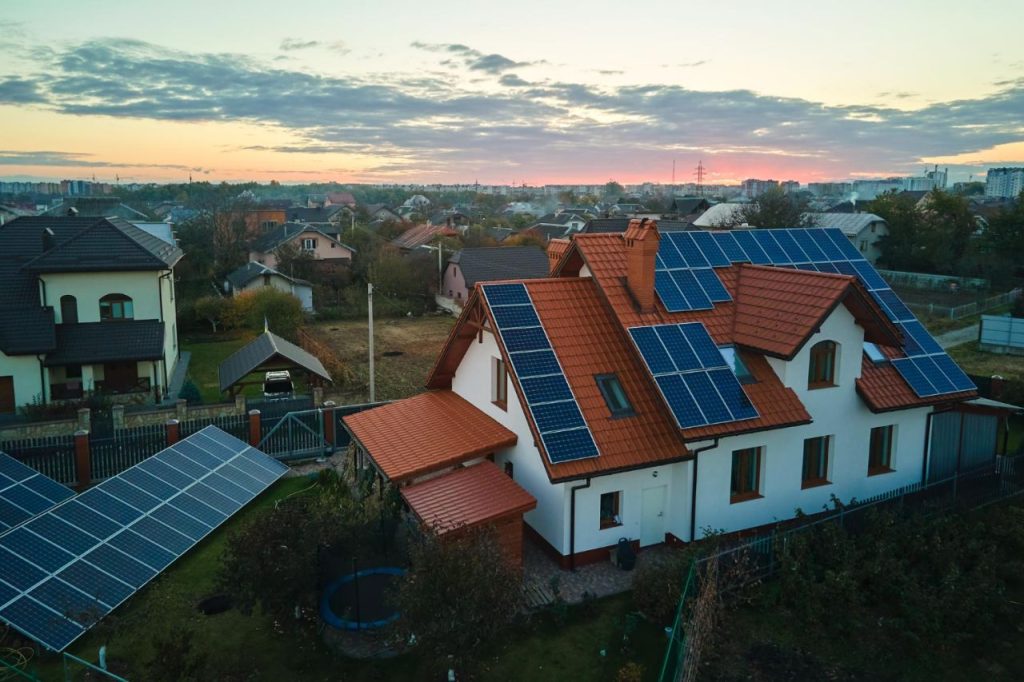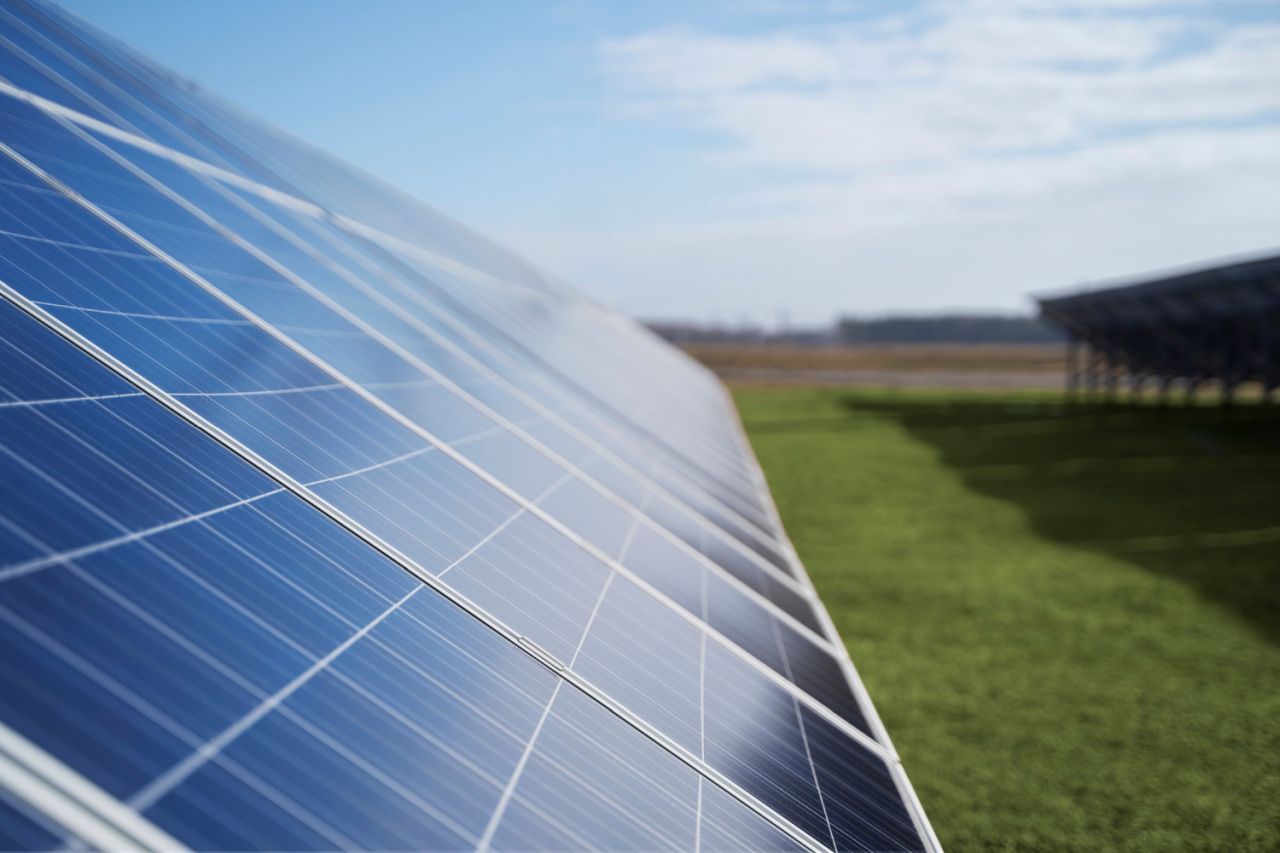Solar power is changing how Australians use electricity. Solar installation is popular and beneficial, but it may be difficult. Here are the top five solar installation mistakes and how to prevent them.
Underestimating Energy Needs
Solar system installers sometimes underestimate energy demands, which might have long-term consequences.
Without understanding their energy usage habits, many households and businesses choose a solar energy system that doesn’t meet their demands.
This can cause power shortages and grid electricity use, reducing solar investment’s cost-effectiveness and environmental advantages.
A thorough energy use study before installation will help avoid this mistake. This requires long-term power use monitoring to capture daily and seasonal changes.
Knowing which appliances use the most electricity and when your peak demand occurs helps you estimate the solar system capacity you need.
Additionally, consider future modifications that may increase energy use. For example, you should include modifications like buying an electric car, installing a pool or expanding your home in your energy predictions.
Growing enterprises frequently have higher energy needs that should be addressed in the planning stage.
Consult a solar energy specialist to understand your energy use statistics and create a viable solar power solution.
These experts can design a system that suits your demands and scales as your energy needs expand. They may also recommend the best panels and equipment for your scenario, providing a long-lasting and reliable system.
These methods make your solar system a long-term investment that provides enough electricity and adapts to changing circumstances without costly overhauls or additions.
Ignoring Local Climate Conditions
Another common solar panel installation mistake is ignoring local climatic conditions, which can reduce system efficiency and effectiveness.
Geographic and environmental factors affect solar panel performance, so what works in one place may not work in another.
Perth and Brisbane in Australia have high sunshine, so solar panels can create a lot of power. However, high temperatures can limit solar cell efficiency in certain places.
Cooler climates, like Tasmania, may not lose efficiency due to heat but may need panels tuned for lower light.
When installing solar panels, the sun’s angle varies greatly between northern and southern regions, and daylight hours, which vary with seasons and latitude, must also be addressed. Sydney solar installations must account for sun trajectories and intensity levels different from Darwin systems.
Dust, salt from coastal air, and falling leaves can collect on panels and reduce their power output. To avoid salt damage in coastal locations, choose corrosion-resistant panels and components. It is designed for simple cleaning and maintenance in dusty and leafy areas.
Engaging local solar professionals who understand how the environment affects solar technology in different Australian locations can boost solar system performance.
These experts can help you choose the proper panels and configure them to maximise efficiency and lifetime in your local area.
This personalised method ensures that solar installation is productive and sustainable over its estimated lifespan, maximising energy returns and environmental advantages.
Choosing the Cheapest System
Choosing the cheapest solar system might be enticing when tight resources and initial prices look low. However, choosing the cheapest might lead to greater maintenance, decreased efficiency, and a shorter system lifespan.
Affordable solar systems may use low-quality parts. These components typically have lower efficiency rates, converting less sunlight into electricity.
Consequently, one might need more panels or accept a lower power output to meet the same energy requirements, compromising the fundamental purpose of switching to solar energy.
Cheaper systems generally use less durable and environmentally susceptible materials. In Australia’s diverse climates, panels may face intense heat, winds, and salt spray. Material degradation degrades performance and increases maintenance and replacement costs.

Long-term solar system value depends on warranties. Less-priced choices may have shorter warranty durations, exposing the owner to unexpected charges.
These warranties might not cover certain failures or wear, leaving the owner responsible for significant outlays if the system underperforms or components fail prematurely.
Furthermore, the installation process itself is another area where cost-cutting can backfire. Professional installation by skilled specialists may cost extra, but it’s essential for efficient system setup.
Suboptimal placement can impair efficiency, cause electrical difficulties, and damage the roof.
These issues might increase prices, erasing any original purchase price savings.
Although the initial savings from a cheaper solar system may be enticing, the bigger ramifications must be considered. Buying a better system upfront may improve efficiency, longevity, and dependability, saving money and increasing happiness over time.
Poor Installation
Poor solar system installation can cause several issues, affecting performance and lifetime. Solar panels and related components must be installed carefully and according to technical requirements to work properly. Installation errors can lower solar system efficiency, which may only be obvious once the system runs.
Poorly built solar systems can misalign with the sun, reducing solar energy capture. If panels are misaligned, they won’t get enough sunlight, especially during peak hours, reducing their production. To enhance solar input, installation angles should be adapted to individual locales.
In addition to alignment, poor electrical connections during installation can cause electrical fires or power surges that harm the solar system and a property’s electrical infrastructure. These concerns emphasise the importance of careful wiring and electrical setup.
Poor installations also cause structural difficulties. Solar panels must be firmly installed to endure severe winds, storms, and normal wear. Incorrect installation can harm panels or the roof, causing water leaks that can damage the property. To guarantee safe and effective maintenance, installation must address accessibility to cleaning and inspection.
Installers must be skilled and experienced. These specialists know local building codes, which vary, and how to place solar panels appropriately. These criteria must be followed to guarantee installation satisfies safety and operational standards.
Poor installation has immediate and long-term effects on the solar system’s functioning and expenses. Solar energy benefits and investment longevity depend on competent, high-quality installation services.
Neglecting System Maintenance
Neglecting solar system maintenance reduces efficiency and lifespan. Solar systems are often considered ‘set and forget’ investments, but like any major house infrastructure, they need regular maintenance. Without adequate maintenance, system failure and underperformance are likely.
Solar system maintenance is simple yet essential. It includes regular panel cleaning to remove dust, leaves, and other debris that obstruct sunlight and limit performance.
In certain environments, such as areas close to roads or industrial zones, the build-up can be substantial, and frequent cleaning becomes even more important. In coastal places, salt mist can accumulate on panels and cause corrosion and decreased performance if not wiped off.
Electrical component integrity checks are also necessary for maintenance. Over time, connections might loosen, requiring tweaks to inverter settings to work properly.
Technical inspections can detect and fix such faults before they become major difficulties or safety dangers, like electrical fires.
Systematic checks for any physical damage to panels or mounting structures are also crucial, especially after severe weather events. Cracked panels or loosened mounts might impact system operation and cause roof leaks.
Solar installation providers often offer maintenance packages with inspections and cleanings. These services ensure the system is well-maintained and critical for energy output and warranty compliance.
Guarantee renewal sometimes requires documentation of regular maintenance, and disregarding this might void the guarantee and leave the owner responsible for repairs or replacements.
Regular maintenance is essential for solar system efficiency and longevity. It keeps the system producing energy at its full capacity and prevents small difficulties from becoming costly ones. Thus, regular maintenance is the best approach to safeguarding solar system investment.
In conclusion, many Australian families and companies should switch to solar energy to lower power expenses and support a sustainable future. However, solar installation is loaded with risks.

Underestimating energy demands, disregarding local climate conditions, choosing the cheapest, bad installation, and neglecting maintenance can reduce a solar system’s efficiency.
Solar installation in Melbourne must be planned to optimise solar technology’s benefits. This requires precise energy requirements assessment, quality components matched to local environmental circumstances, professional installation, and continuing maintenance.
By avoiding these mistakes, individuals and businesses can guarantee their solar systems are cost-effective, durable, and reliable.
If planned carefully, solar power may significantly contribute to Australia’s sustainable energy future. It is crucial to be knowledgeable, prepared, and proactive throughout the process.
